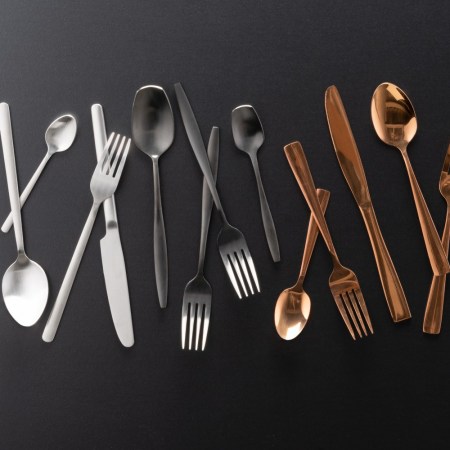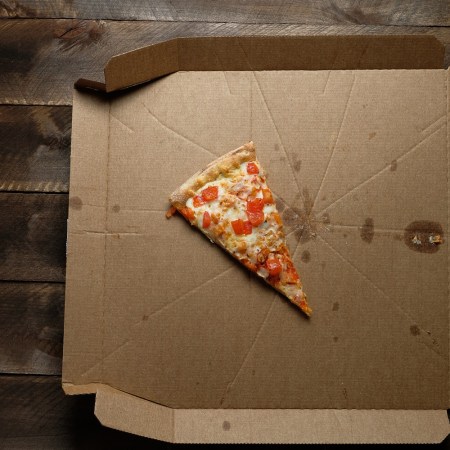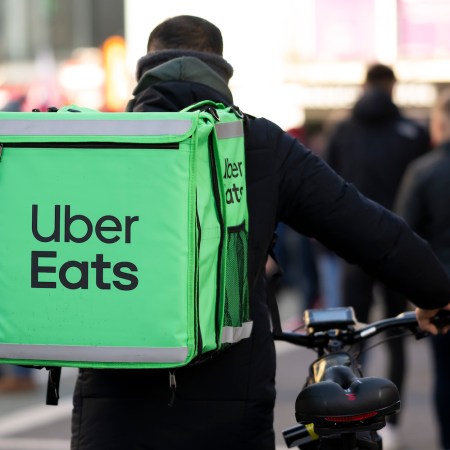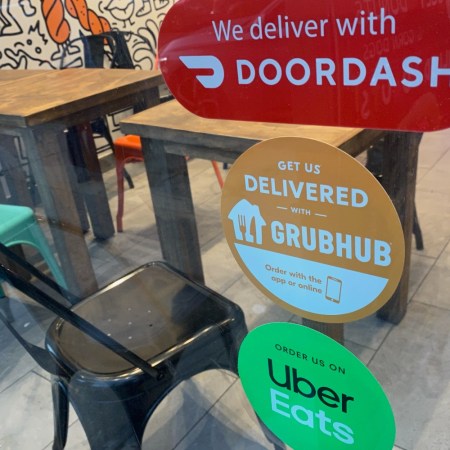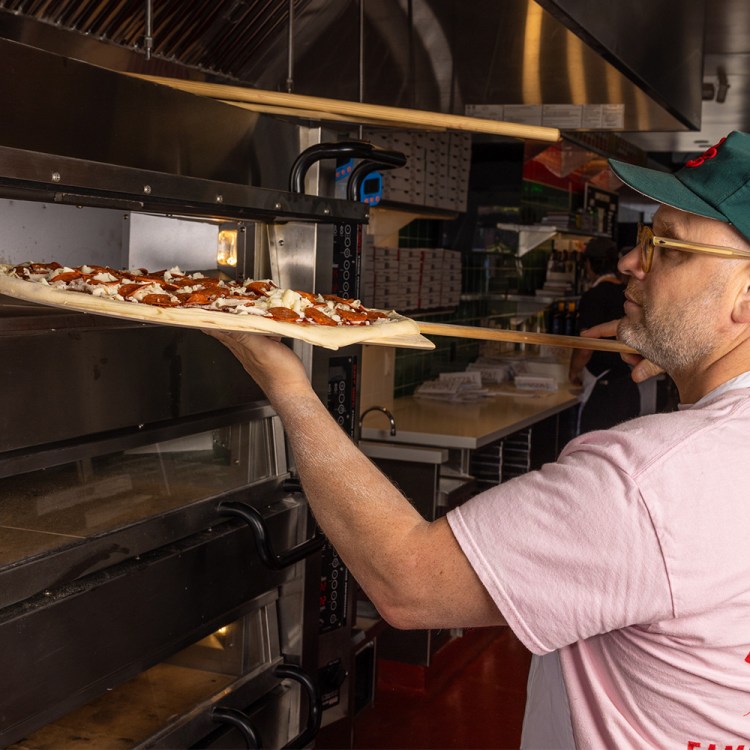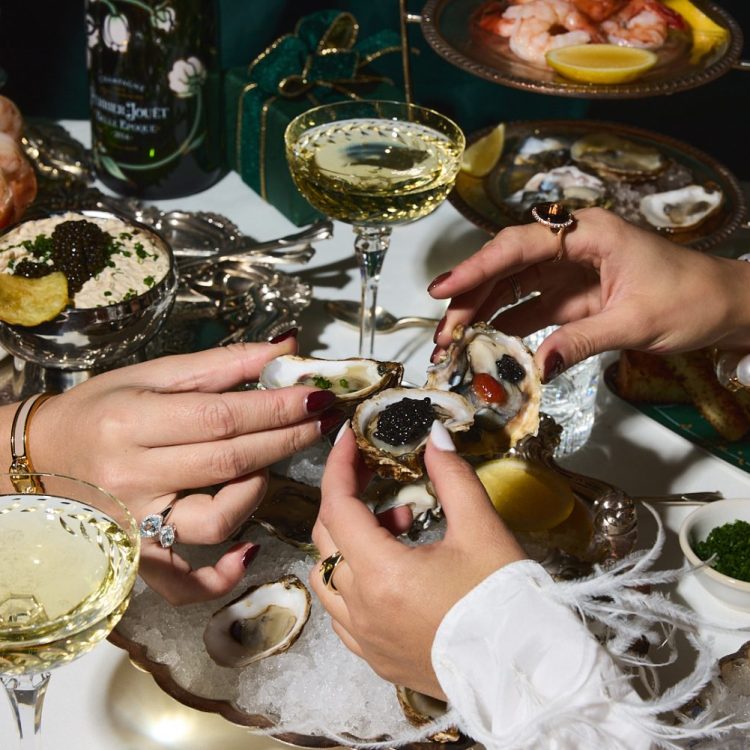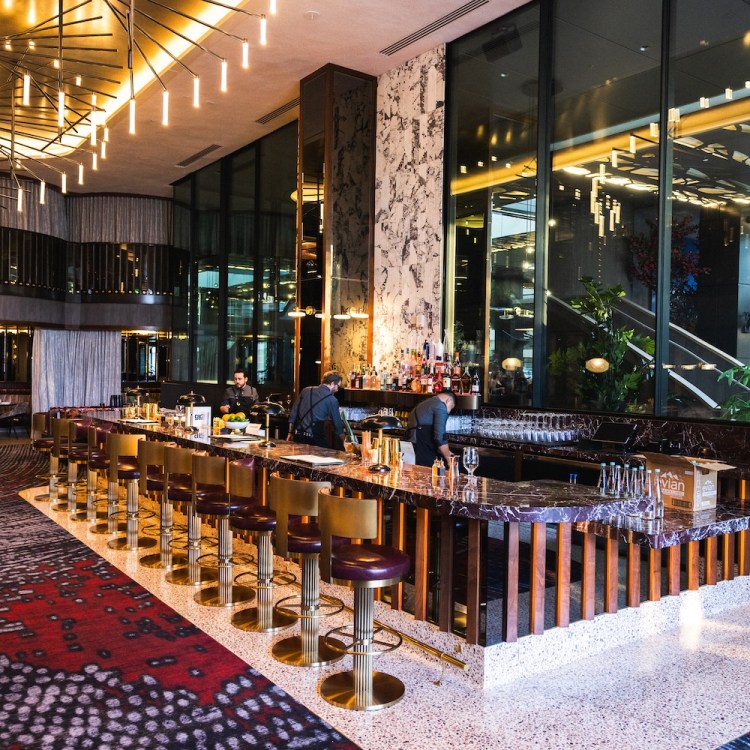When it was released in 1989, Paul’s Boutique failed to reach the commercial success of The Beastie Boys’ previous album, Licensed to Ill. Capitol Records soon shelved it. But critics and fans eventually grew to love it, and by 1999, it was certified double platinum.
Similar late bloomers abound in the movie industry. But they’re very hard to come by in the restaurant world.
“Dining out has become like the movies,” says Chef Eric Greenspan. “There’s the hype behind the opening, then there’s the opening, then everyone comes to say they’ve tried it and take a picture, and it’s on all of the lists … but then traffic falls off because there’s a bunch of new restaurants opening next month.”
Couple that cycle with the fact that restaurants have huge costs (from rent to food to staff training) and a steep learning curve, and your average restaurateur faces an uphill battle to remain relevant. Greenspan knows this all too well: despite being a talented chef and the host of a few TV shows, he had to close six restaurants last year.
“I didn’t think Greenspan’s Grilled Cheese was good for a year,” he says. “You’re refining recipes, making sure it’s great and burning through staff until you find the right guys.”
His solution? Rebuild the traditional restaurant model from the ground up.
Since January 2018, Greenspan has launched three new concepts: Chino, 2 on a Roll (formerly B.E.C.) and Brekkie. At the end of this month, he’ll roll out Bubu’s (fried chicken and burgers), a fourth. The one thing they all have in common? They’re delivery only.
Images via Wonho Frank Lee and Kim Fox Photography
This is all made possible through a new shared kitchen space called CloudKitchens, whose founding CEO is Uber’s Travis Kalanick. Housed in a warehouse between Koreatown and Downtown, CloudKitchens rents small kitchens to new and existing restaurants. Greenspan estimates that Chino cost him 75% less to open at CloudKitchens than it would have as a brick and mortar.
This isn’t some whimsical, pie-in-the-sky ideal — it’s a logical reaction to an industry in flux. Thanks to technology, people are ordering in more than ever. Online sales have increased by more than 300% percent over the last five years, with delivery apps consistently in the top 40 downloads in major urban markets.
“I’m going to continue to optimize for delivery, because it just makes sense,” says Greenspan. “The winner of this game is going to be the guy who’s going to get you a better product delivered to your house, not the better product coming out of his window.”
He’s kept it simple at first, by doing things he knows people love: a breakfast burrito, a bodega-style egg sandwich, fried chicken, burgers. “We do a chef-y take on it so that it’s something that we’re proud of, and then optimize it for delivery.”
He’s received marketing support from CloudKitchens and the delivery platforms that it supports (UBEReats, Postmates, Grubhub, Chownow), and also preaches the delivery gospel to his 10,000 followers on Instagram, where he can boost the relevance of a mouthwatering food-porn post (say, a bánh mì) to nearby foodies around lunchtime. They click through to him and CloudKitchens handles the back-end support and communication, further reducing his overhead and allowing him to focus on perfecting the product.
Of course, not everything is immediately a hit. “Chino isn’t working as a delivery-only concept right now, because it’s a risk,” Greenspan admits. “You’ve never had an orange chicken burrito before, but I’m not giving up on it, because I can keep it open as a virtual restaurant. We can do $2,000 a week in sales, and it doesn’t matter.”
One item guaranteed to blow your socks off? The cheeseburger from his upcoming project, Bubu’s, which somehow avoids the sogginess typically associated with delivery burgers. It’s the product of hundreds of hours of R&D: “We don’t test it right off the grill, because that’s completely meaningless. Everything gets boxed and sorted, and then we don’t touch it for 25 minutes.”
None of this comes down to better packaging. It’s about food science and good old-fashioned trial and error. Take hash browns, which — similar to burgers — tend to get soggy en route.
“My favorite breakfast burritos are the ones with hash browns in them,” says Greenspan. “But they don’t travel well.” So he went through a handful of iterations to nail the ideal consistency, delivering tons of orders each time and then assiduously gathering feedback. First he combined steamed with deep-fried. When that didn’t work, he went diced. Finally, he settled on soft roasted (which gets as much moisture out as possible) combined with double-fried (think French fries).
“We optimize for delivery in entirety, to where we’re not just obsessed with making sure that the potato gets to you crispy,” he says. “What we’re obsessed with is ‘How does that crispiness come into play with the overall satisfaction of your dish?’”
Of course, this is the antithesis of how most restaurants approach delivery. Brick-and-mortars, by nature, are more focused on their in-house product, with little concern for how it arrives to remote diners. But this could change as more restaurants open satellites in kitchens like CloudKitchen (a competitor, Crafted Kitchen, has already popped up).
Investment maven Ray Dalio has famously asserted that he values his failures over his successes. It seems this is true for Greenspan, too. “What I love about this more than anything is I’m learning,” he says, before popping a perfectly fried nugget in his mouth. He smiles. “Plus, it’s been a lot of fun.”
Every Thursday, our resident experts see to it that you’re up to date on the latest from the world of drinks. Trend reports, bottle reviews, cocktail recipes and more. Sign up for THE SPILL now.

